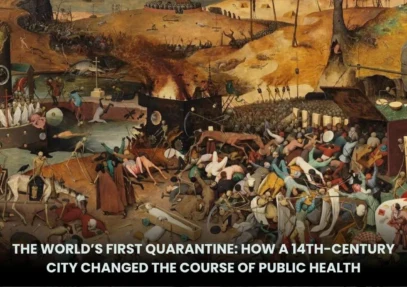What Are the Benefits of Asset Tracking Solutions for Businesses in Australia?
GPS tracking in Sydney has become a game-changer for businesses looking to boost their fleet efficiency. With GPS tracking technology, fleet managers gain real-time insight into vehicle locations, allowing them to monitor and manage operations with precision. This technology is especially beneficialRead more
GPS tracking in Sydney has become a game-changer for businesses looking to boost their fleet efficiency. With GPS tracking technology, fleet managers gain real-time insight into vehicle locations, allowing them to monitor and manage operations with precision. This technology is especially beneficial in Sydney, where traffic congestion can lead to significant delays. With GPS tracking, businesses can optimize routes, avoid high-traffic areas, and reduce travel time, ensuring timely deliveries and happier customers.
Beyond navigation, GPS tracking in Sydney also helps cut fuel costs by reducing idle time and ensuring vehicles take the most efficient routes. It enhances driver accountability by monitoring driving behaviors like speed, braking, and acceleration, which can lower accident risks and reduce maintenance needs.
By adopting GPS tracking, companies can also boost customer satisfaction. Real-time tracking allows businesses to provide customers with accurate arrival estimates, enhancing service quality. In summary, GPS tracking in Sydney enables better decision-making, reduces operational costs, and supports safer driving practices, making it a valuable tool for any business managing a fleet in the city.
For more information, please visit: https://www.netcorp.com.au/
See less






Asset tracking solutions are invaluable for businesses across Australia that manage valuable equipment or inventory. Using asset tracking solutions enables companies to monitor their assets’ locations in real-time, which helps prevent loss, theft, and misplacement. This is especially beneficial in sRead more
Asset tracking solutions are invaluable for businesses across Australia that manage valuable equipment or inventory. Using asset tracking solutions enables companies to monitor their assets’ locations in real-time, which helps prevent loss, theft, and misplacement. This is especially beneficial in sectors such as construction, logistics, and manufacturing, where assets often move across various locations.
By implementing asset tracking solutions, businesses can increase operational efficiency by ensuring equipment is where it’s needed when it’s needed. This visibility improves workflow and productivity, as assets are better allocated and less time is wasted searching for misplaced items.
Another key benefit of asset tracking solutions is the ability to maintain assets more effectively. These systems often include alerts for scheduled maintenance or potential performance issues, preventing costly downtime and extending the lifespan of critical equipment.
In addition, asset tracking solutions enhance security. By setting up geofencing, companies can receive instant alerts if an asset leaves a designated area, allowing for quick action. Overall, asset tracking solutions offer Australian businesses improved security, productivity, and asset management, making them essential for protecting valuable resources and maintaining seamless operations.
For more information, please visit: https://www.netcorp.com.au/
See less